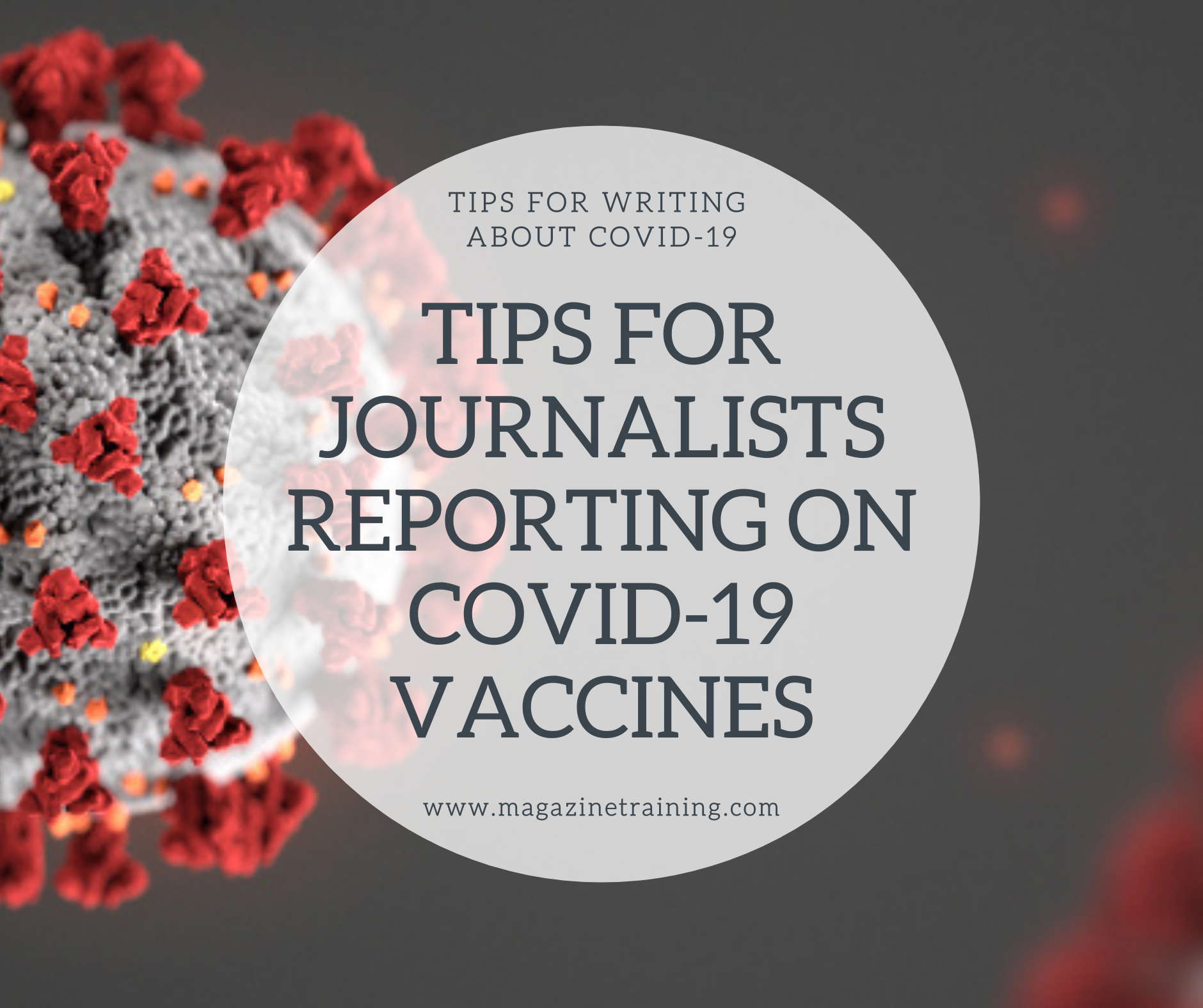
As the world awaits an effective coronavirus vaccine, reporters covering the story face a daunting task: separating fact from fiction. Or, as veteran health care journalist Gary Schwitzer describes it, navigating the “perfect storm of pandemic misinformation.”
“The media have to report that at this point there are undoubtedly far more questions than answers about any of the vaccine candidates,” said Schwitzer, publisher of HeathNewsReview.org, a site that evaluates health journalism. He added: “Please do not report with certainty where certainty simply does not exist.”
Schwitzer says it makes his skin crawl when he sees news stories that quote drug companies saying, “We didn’t see any serious side effects.”
“That should be a red flag for two reasons,” he said. “(A) We have not actually seen the data from those trials and (B) serious in the eyes of whom? Side effects that might be nothing to one person might be devastating to someone with different health issues.”
For example, on Dec. 9, the Wall Street Journal reported that two of the first people vaccinated in the U.K. with the Pfizer vaccine had an allergic reaction, sparking new guidelines and warnings.
Journalists need to get past self-serving press releases and hype from drug companies and politicians, approaching the vaccine with a dose of skepticism. At the same time, they need to also avoid stirring panic, while conspiracy theorists circulate rumors that vaccinations for the coronavirus are a plot to insert microchips in humans.
“We are facing such overwhelming questions about trust and vaccines,” said Schwitzer. “The distinction between what we do know and what we do not yet understand should be explained more often and more clearly in our coverage.” He recommends journalists cultivate relationships with experts, including a biostatistician, epidemiologist, generalist physician and independent virologist.
“If you have these four on your contact list today, you will be so much smarter, so will your stories and so will your audience almost overnight. These experts will roll over backwards to help if it means better journalism and better public education,” he said.
Schwitzer would like to see greater media attention around the following questions:
- What does it mean when a report says a vaccine has 95% efficacy?
- What is the difference between efficacy and effectiveness?
- How long does immunity from any of the vaccines being tested last? When are follow-up doses required?
- Studies on different vaccine trials have different ways of measuring success. How do we judge which are most credible?
- How will vaccine results in the real world compare with trial results? Could they noticeably differ and why?
To clarify information in your reporting, Schwitzer suggests using a sidebar or an infobox, along with labels like “Here’s what’s we don’t know” or “Here are issues we’re less clear about.” He referred to a ProPublica article, “How to Understand COVID-19 Numbers,” which demonstrates how graphics can add context and help readers navigate figures on the pandemic.
by Sherry Ricchiardi, International Journalists’ Network
Related posts
Category: Uncategorized
Malnutrition is a health crisis affecting millions around the world — and one becoming more urgent as the pandemic continues. Its impact is not just represented in [...]
Magazine Training International’s mission is to encourage, strengthen, and provide training and resources to Christian magazine publishers as they seek to build the church and reach their societies for Christ.

